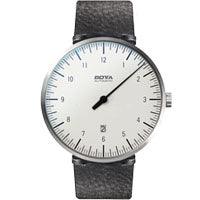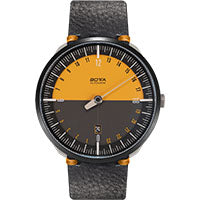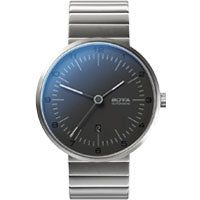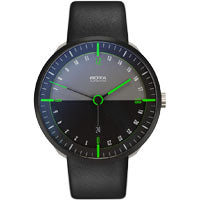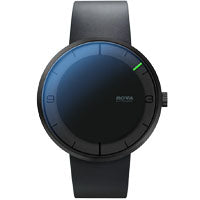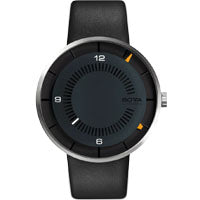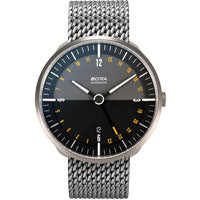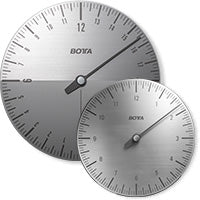"The layman recognizes the similarities, the professional recognizes the differences."
says a proverb.
It's the same with originals and copies. In fact, it is not always easy for a buyer/prospective buyer to recognize the true value of a product. The differences often lie in the details. This is exactly why it is worth taking a closer look.
Originals are usually clearly superior to their copies in many respects. Be it in design, processing or materials. The difference in design does not necessarily reveal itself at first glance, but it does on closer inspection. Often the differences are most obvious there. Because professional design is usually so well developed that any change almost inevitably leads to a deterioration in aesthetic quality. Copies, on the other hand, often look similar, but are rarely coherent and harmonious.
It is similar with the processing. When looking at the critical details such as surface quality, edge progression, gap dimensions and fits, the originals show their strengths. High-quality products are characterized by a consistently high surface quality and consistently precise gap dimensions. These high quality standards can only be guaranteed by appropriate production facilities and comprehensive know-how.
Plagiarism often reveals considerable weaknesses here. With a little practice, even a layman can recognise these clear differences in the processing quality between apparently similar products.
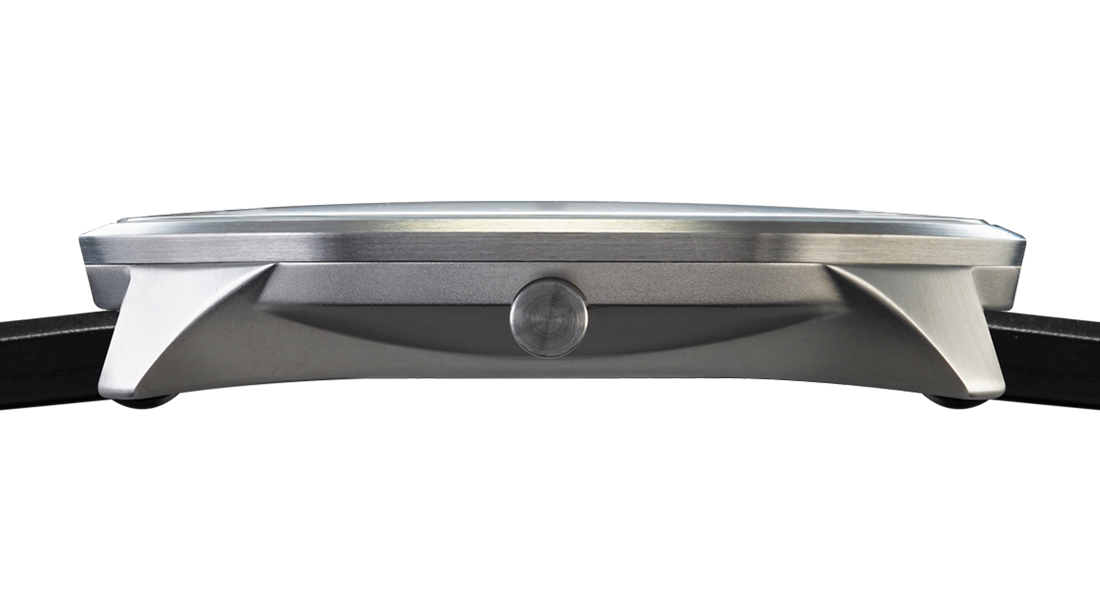
It is somewhat more difficult to judge the quality of the materials used.
For example, you cannot see the composition, purity or origin of a type of stainless steel from the outside. The only thing that helps here is the manufacturer's reference to the type of steel used, or at least the indirect certainty about its high reputation.
Low-value materials, such as those frequently used for copies, can bring one or two unpleasant surprises here - starting with a potentially allergenic high nickel content in the alloy and ending with radioactive ingredients due to the use of cheap steel from unclarified sources.
Cheap suppliers and plagiarists often take a certain risk here, because both durability and health safety are in a sense a "matter of luck".

Plagiarism - A worthwhile business, at least for the seller
We at BOTTA design invest an average of 2,000 hours in the development of a new watch model (case and components). We develop a multitude of ideas, concepts and designs, of which some are soon discarded, but the best are optimized to perfection.
Plagiarists save themselves this enormous effort and take over creative details, the concept or the appearance of the original. This saves them an enormous amount of time in conception and development, so that they can offer their products at a lower price.

In a second step, low-cost suppliers also resort to cheap components that are easily available. This is because there are also differences in quality in the area of accessories such as straps, which are reflected in price differences of up to a factor of 10.
The types of leather used in the low price segment are often inferior, sometimes release toxins, and usually have a short life span.
Cheap Milanese straps, for example, look quite good at first glance, but they are cheap to touch, and the stitches can break after a short period of wearing and turn into sharp thorns that make the strap immediately unwearable.

Handmade in Germany
Perhaps the most important cost factor, but also a quality factor, is the production facility. Domestic production, as practiced by BOTTA, is naturally much more cost-intensive than mass production in a low-wage country.
However, the result is also different. In our master craftsmen's workshops, each individual watch is built by a watchmaker and tested several times before it is sent to us and completely checked again (visual inspection, function test, leak test). We can discuss changes to details or special requests very directly with our suppliers. Last but not least, you as a customer have the certainty that your watch will be serviced by the same person who built it in case of a revision or repair. These are some of the many advantages that only domestic production can provide. This is important to us and an immanent part of our philosophy.

„Mens sana in corpore sano“
In a healthy body lives also a healthy spirit, says a Latin proverb.
We believe that the reverse is also true: a healthy mind also deserves a healthy body. Applied to watches, this means that a sophisticated, well-developed concept also deserves first-class hardware. Accordingly, BOTTA watches use only exquisite materials and components.
This begins with the case materials (904L stainless steel and titanium in three specialized alloys), continues in high-quality Swiss Made movements (not only Swiss Parts) or sapphire crystals of the highest quality and continues with the use of straps from premium manufacturers.
Personal service before and after the purchase is particularly important to us at BOTTA. We take care of the individual concerns of our customers in a direct and uncomplicated manner and are happy to take time for you. Your satisfaction is worth it to us. Because BOTTA quality does not end with the product.

A question of aspiration
There is no doubt that original watches from brand manufacturers are usually considerably more expensive than copies from cheap manufacturers and plagiarists. However, this can be explained by the cost factors mentioned above. Of course, it is possible to save money in many places. But we are convinced that our high level of care significantly improves the quality of our products. Ultimately, it is a matter of personal preference whether someone surrounds himself with durable and valuable originals or cheap copies. Read more about this in the blog article Der Wert der Wertigkeit.

Last but not least: environmental protection. Long-lasting, high-quality products are generally manufactured under significantly fairer and more humane working conditions. Due to their considerably longer life cycle, considerably fewer products are produced in the long term. Short life cycles are of course important drivers in terms of resource consumption and environmental pollution. With long-lasting products, however, you make an effective contribution to environmental protection.
In this respect, it really pays to be a little more critical when buying products. After all, there is a potential expert in every layman.

